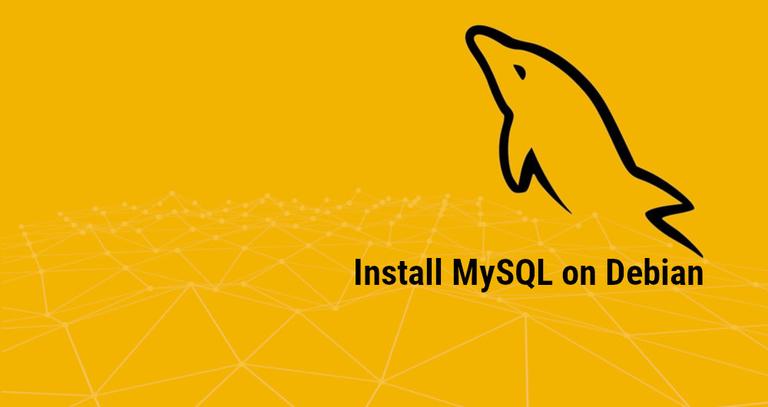

On a web browser, visit your server’s IP address or domain name to verify that, indeed, the webserver is accessible.

If, for whatever reason, Apache is not running, start the service by running the command: $ sudo systemctl start apache2Īdditionally, consider enabling Apache to start upon a reboot or every time the system is powered on as follows: $ sudo systemctl enable apache2 By default, Apache autostarts and you can confirm this by checking its status. This installs Apache alongside other additional packages, libraries, and dependencies. And to do this, execute: $ sudo apt install apache2 -y The next step is to install the popular Apache webserver. This should take just a few seconds, and once done, head over to the next step. On your terminal, run the command: $ sudo apt update -y It’s essential to always start with updating the package index to start off on a clean slate. Let us now install the popular LAMP stack on Debian Bulleye.

An instance of Debian 11 server installed.What you needīefore getting started out, first establish you have the following prerequisites: Check how to install LAMP on Rocky Linux 8 and CentOS 8. In this guide, we walk you through the process of installing LAMP on Debian 11. MySQL/MariaDB is an opensource relational database management system and PHP is a server-side scripting language. Apache is a free and open-source and extremely popular webserver. It stands for Linux Apache MySQL/MariaDB and PHP. LAMP stack is one of the most popular and leading development stacks among developers.


 0 kommentar(er)
0 kommentar(er)
